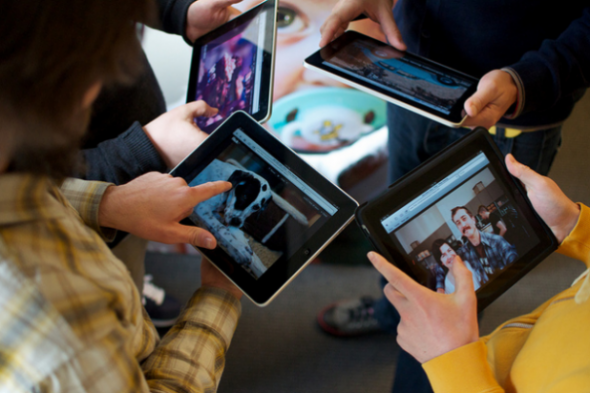Look Up, Look Out, Think New!
In the past, 80% of change was cyclical and 20% transformational. In the future, 80% will be transformational and only 20% incremental.|

In the past, 80% of change was cyclical and 20% transformational. In the future, 80% will be transformational and only 20% incremental.|

Get Involved
Our authors are what set Insurance Thought Leadership apart.
|
Partner with us
We’d love to talk to you about how we can improve your marketing ROI.
|

Mike Manes was branded by Jack Burke as a “Cajun Philosopher.” He self-defines as a storyteller – “a guy with some brain tissue and much more scar tissue.” His organizational and life mantra is Carpe Mañana.